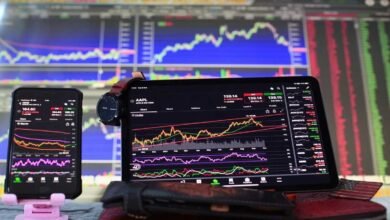Oil Prices Steady as Markets Brace for High-Stakes Trump-Putin Summit

SINGAPORE – Oil prices held steady in Asian trading on Friday, pausing after a significant rally in the previous session, as global markets focused intently on a high-stakes meeting between U.S. President Donald Trump and Russian President Vladimir Putin in Alaska.
As of 22:34 ET (02:34 GMT), Brent oil futures for October delivery were slightly lower at $66.79 a barrel, while West Texas Intermediate (WTI) crude futures were stable at $63.0 a barrel. Both benchmarks had jumped nearly 2% on Thursday but were on track to end the week relatively flat, underscoring the market’s cautious “wait-and-see” approach.
The primary driver of market sentiment is the upcoming summit, where the two leaders are set to discuss terms for a ceasefire in Ukraine. The outcome could have immediate and significant consequences for global energy supplies.
President Trump has threatened “severe consequences” if an agreement is not reached, with potential actions including steep tariffs on major buyers of Russian oil, such as India and China. Analysts warn that such measures could substantially tighten global supply, putting upward pressure on crude prices, especially for European and Asian nations reliant on Russian energy.
Conversely, any move by the U.S. to ease sanctions in exchange for concessions from Moscow could quickly send prices in the opposite direction.
Gains were also tempered by hotter-than-expected U.S. producer price index (PPI) data released on Thursday. The strong inflation reading dampened market expectations for an aggressive, half-point interest rate cut from the Federal Reserve next month, though a smaller quarter-point cut is still widely anticipated.
Mixed Economic Signals from Asia
Adding to the complex global picture, economic data from Asia presented a mixed outlook for energy demand.
Japan’s economy showed surprising resilience, expanding more than expected in the second quarter. Strong exports and capital spending suggest robust activity, which could support the case for the Bank of Japan to consider further monetary tightening.
In contrast, data from China, the world’s second-largest economy, disappointed. Industrial production and retail sales figures for July both fell short of expectations, pointing to weakening consumer spending and waning overseas demand as the effects of U.S. tariffs begin to bite.





